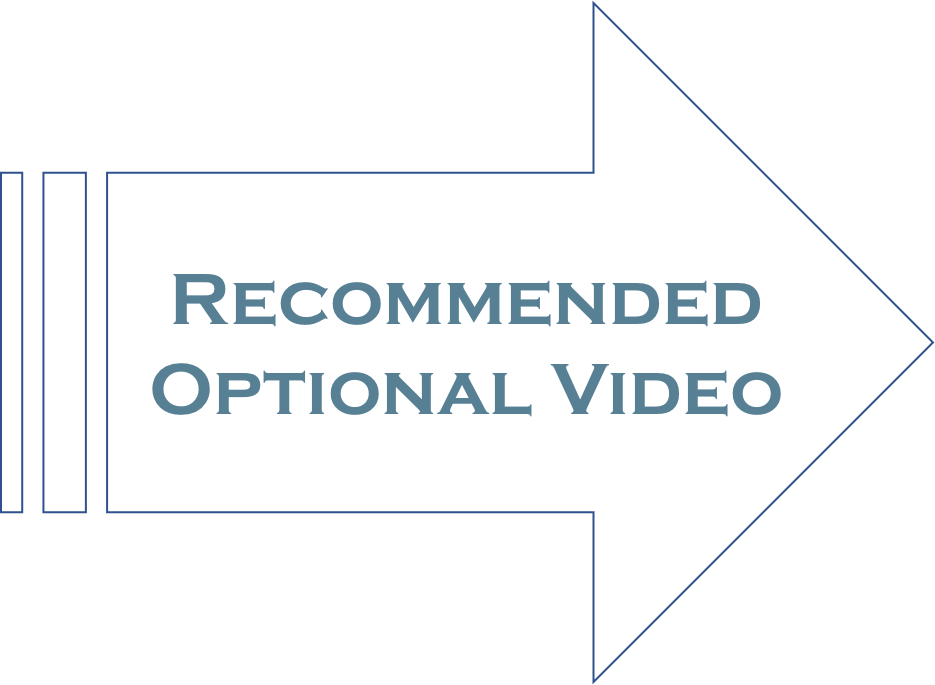Earthquake and Disaster Preparedness |
Page 26 |
- Prepare your facility and its contents (e.g., move heavy objects to lower shelves, fasten bookcases/tall cabinets to the wall, move beds/cribs away from windows).
- Have frequent drills—at least quarterly.
- Talk to parents about emergency plans and encourage them to practice at home to reinforce.
- Prepare an emergency kit for your program and small kits in each child’s cubby.
What you can do during an earthquake
- Duck, cover and close your eyes. If you are under a heavy piece of furniture, hold onto the legs. Do not move until the shaking stops and keep the children as close as possible.
- If you are outside, stay away from overhead power lines, trees and overpasses. Duck and cover.
- If you are in a car, pull over to the side. Stay away from overhead power lines, trees and overpasses. Stay in the car until the shaking stops.
What you can do after an earthquake
- Be prepared to duck and cover if there are aftershocks.
- Attend to the first-aid needs of injured children and staff.
- Account for children; locate missing children and staff.
- Extinguish small fires. Check for damage to utility systems and appliances; if necessary, shut off the main power, gas and water. Shut off the gas only if you can smell it or hear it leaking.
- Calm and reassure frightened children.
- If you think that the building and/or its contents are too damaged, leave the building. If you must leave the area, place a note for the parents.
|
Source: ehowhealth
Published on May 14, 2009 Length: 1:54 |



